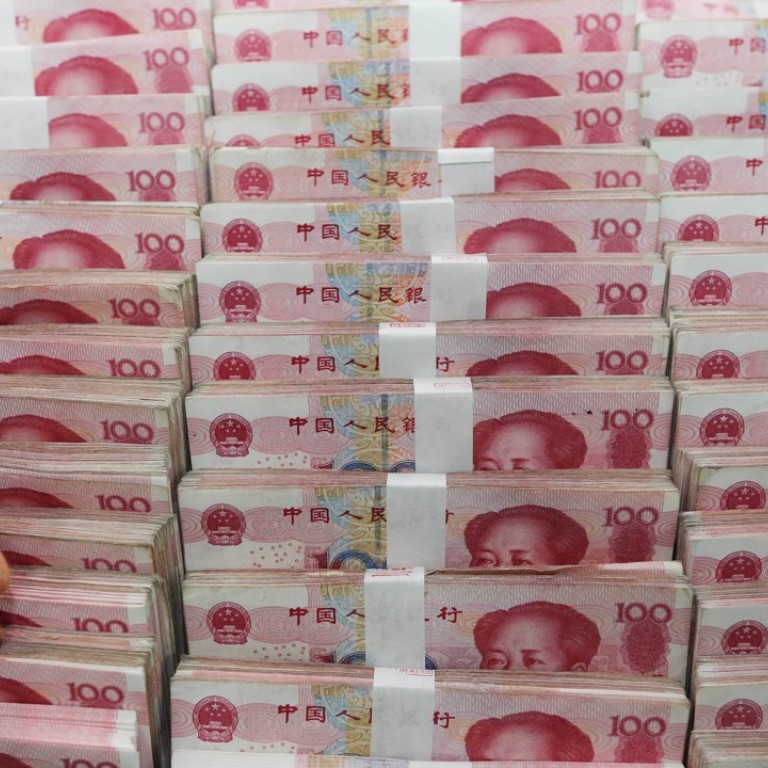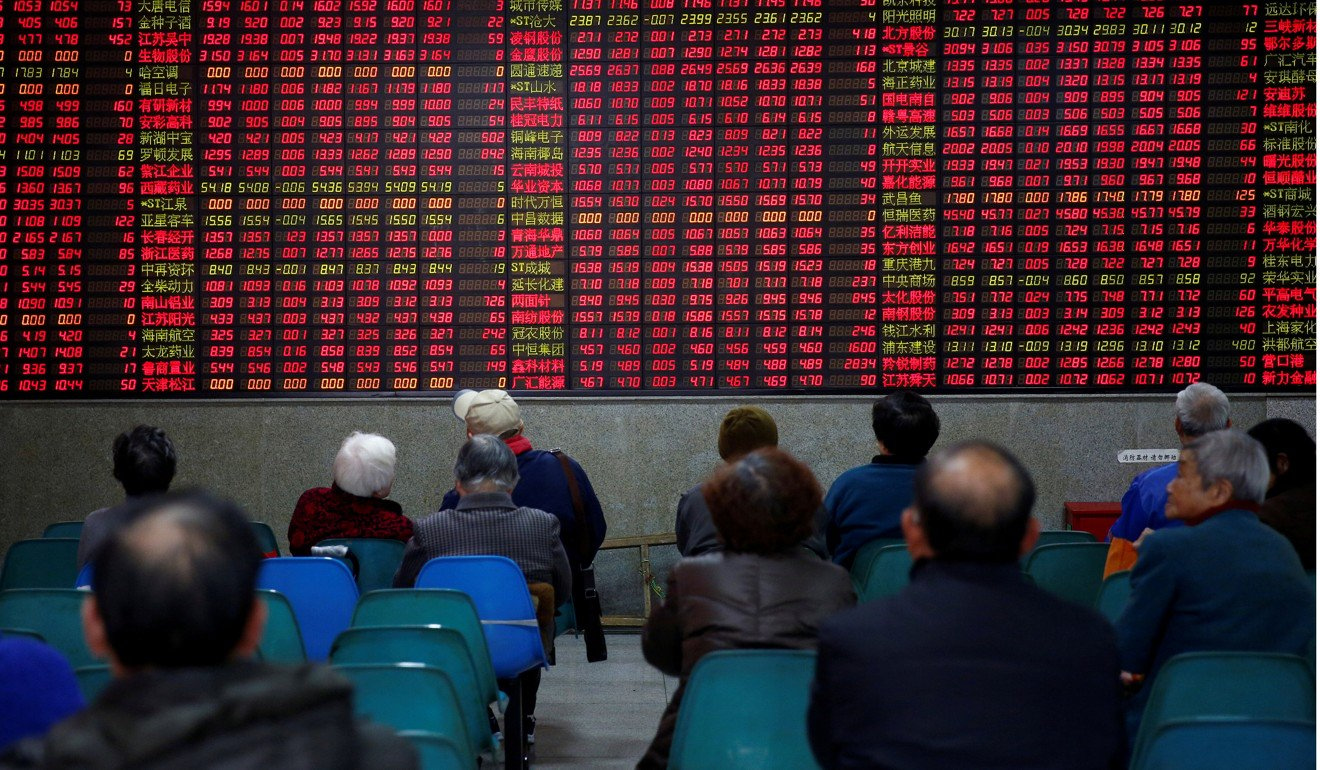
Can China’s funds of funds open a US$121b floodgate of inflows after a whimpering start?
The first six funds, which raised a combined US$2.5b, have either posted small losses or gains in their first month
China’s first six funds of funds that are slated for A-share investment got off to a bumpy start after a month of operation despite investors’ zest for the funds.
Two of the funds, or a third of the six funds, posted small losses while the other four reported tiny profits amid a slumbering A-share market. The benchmark Shanghai Composite Index has slid nearly 3 per cent since November 1, closing at 3,292.44 on Thursday.
The China Securities Regulatory Commission (CSRC), which has long striven to instil greater stability by encouraging more institutional buying in the country’s roller-coaster markets, granted approvals to six leading fund houses to launch the first batch of funds of funds on the mainland stock exchanges in September.
“Fund of funds has yet to become a new driving force for the mutual fund industry or the market,” said He Yan, a hedge fund manager with Shanghai Shiva Investment. “But the first-month performance isn’t enough to stop other investors from buying more into such funds.”
Fund of funds refers to multi-manager investment, which allows broad diversification and appropriate asset allocation with investment expertise in a variety of fund categories. It was created in the US in the 1960s, with pension funds being a major source of capital.
Optimistic estimates have shown that the launch of the six funds will open a floodgate for 800 billion yuan (US$121 billion) in fundraising by China’s asset managers as they offer other funds of funds in the future.
It is also viewed as a game changer on the mainland’s stock market as much hope is pinned on the funds to attract more capital inflows.

As of Monday, the two funds managed by HFT Investment Management and Manulife Teda Fund Management reported losses in net asset value.
Fund of funds has yet to become a new driving force for the mutual fund industry or the market
The other four money managers are China Asset Management, Harvest Fund Management, CCB Principal Asset Management and China Southern Fund Management.
China’s more than 100 million retail investors still favour small-cap and unprofitable stocks to chase short-term gains, despite regulators’ massive efforts to urge them to buy shares on valuation, according to a senior Shanghai Stock Exchange official.
But the drive to dissuade these investors to avoid “junk stocks” since the first mutual funds were launched in the A-share market in 1998 has yielded little success.
Fund of funds technically offers a stable return with lower risk exposure due to its diversified asset allocation strategy.
“The initial lacklustre performance could slightly dent investors’ interest in buying further into the funds,” said Wang Feng, chairman of Shanghai-based financial services firm Ye Lang Capital.
“In the long term, those investors who want better exposure with lower risks will find them good buys in the volatile market.”

